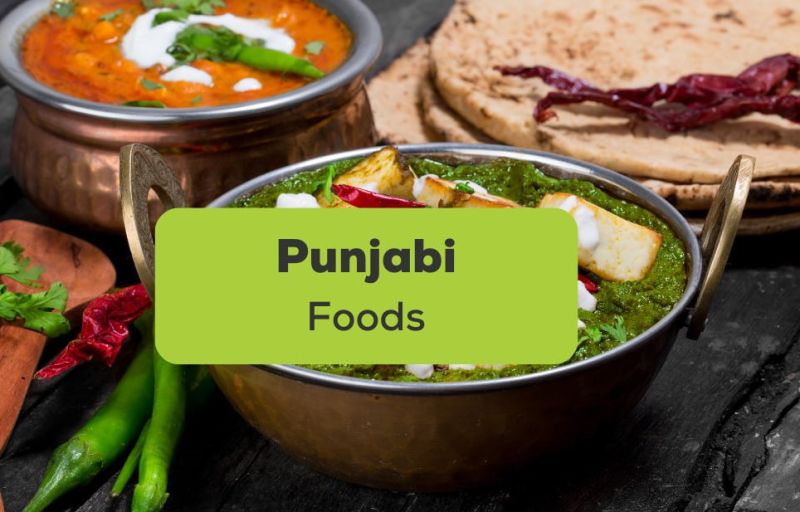
Ancient Roots:
The history of Punjabi cuisine can be traced back to ancient times when the region was home to the Indus Valley Civilization (around 3300–1300 BCE). The people of this civilization cultivated various crops, including wheat, barley, and lentils, which continue to be staples in Punjabi cuisine.
Influences from Invasions and Migrations:
Over the centuries, the Punjab region witnessed several invasions and migrations, including those of the Aryans, Persians, Greeks, and Mughals. Each of these cultural influences left its mark on the local culinary traditions. The Mughal influence, in particular, introduced rich and aromatic flavors to Punjabi cuisine.
Introduction of Tandoor:
The tandoor, a traditional clay oven, has played a crucial role in shaping Punjabi cuisine. It is believed to have originated in Central Asia and was brought to the Indian subcontinent by the Mughals. Tandoori cooking involves marinating meat or bread in spices and yogurt and then cooking it in the tandoor, producing smoky, flavorful dishes like tandoori chicken and naan.
Sikh Influence:
The Sikh community, which has a significant presence in Punjab, has also contributed to developing Punjabi cuisine. Langar, the community kitchen in Sikh temples, serves simple and nutritious vegetarian meals to people of all backgrounds, emphasizing the principles of equality and sharing.
Agricultural Prosperity:
Punjab is often called the “Granary of India” due to its fertile soil. The region’s agricultural prosperity has led to the cultivation of various crops, including wheat, rice, mustard, and sugarcane, all of which find their way into Punjabi dishes.
Key Ingredients and Dishes:
Using robust spices such as cumin, coriander, cardamom, and garam masala characterizes Punjabi cuisine. Common ingredients include wheat, dairy products (especially ghee and paneer), and a variety of lentils. Popular dishes include Sarson da saag with makki di roti, butter chicken, chole bhature, rajma, and various kebabs.
Global Influence:
As Punjabi communities migrated to different parts of the world, Punjabi cuisine gained global popularity. Indian restaurants worldwide often feature Punjabi dishes, and the cuisine has adapted to suit local tastes while maintaining its essence.
Punjabi cuisine continues to evolve, blending traditional flavors with modern influences. It remains a significant and beloved part of Indian and Pakistani culinary heritage.
Chef Abdul © Copyright 2024. All rights reserved.
Punjabi cuisine is a vibrant and flavorful culinary tradition from the Punjab region, divided between India and Pakistan. The cuisine is known for its rich and robust flavors, emphasizing hearty and wholesome dishes. Here is an overview of the history of Punjabi cuisine: